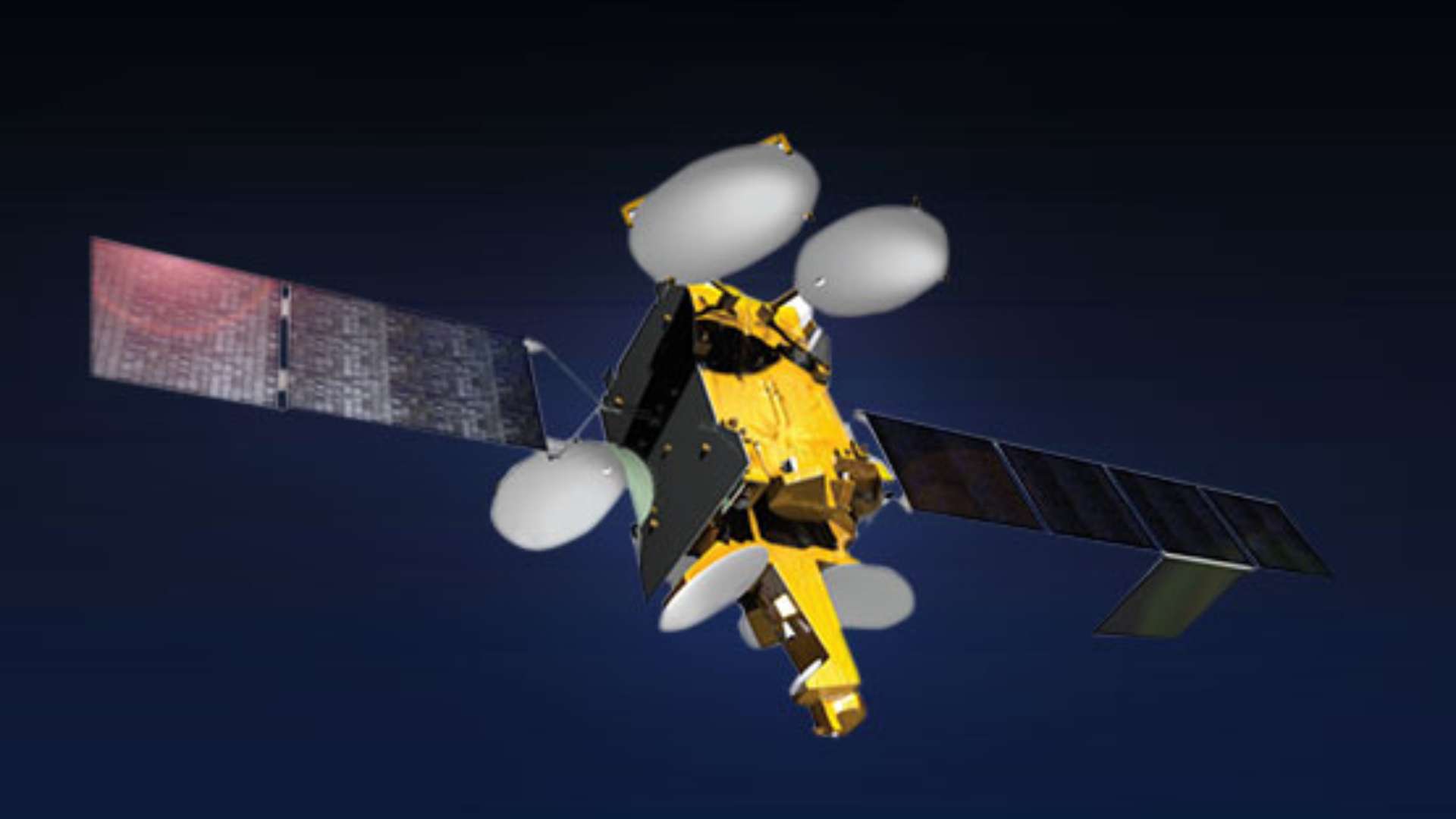3859Views

Pakistan’s New Communications Satellite – PakSat MM1 Quwa Premium
Bilal Khan
Founder of Quwa, Bilal has been researching Pakistani defence industry and security issues for over 15 years. His work has been cited by Pakistan's National Defence University (NDU), the Council of Foreign Relations, Bulletin of Atomic Scientists, Centre of Airpower Studies and many others. He has a Hons. B.A in Political Science and Masters of Interntional Public Policy from Wilfrid Laurier University in Waterloo, Ontario, Canada.
On 30 May, China’s Xichang Satellite Launch Centre sent Pakistan’s newest communications satellite into orbit using its LM-3B satellite-launch vehicle (SLV). Designated the PakSat-MM1 (previously, it was known as the PakSat-MM1R), the new satellite will be ready for operations by the end of August 2024.
The PakSat-MM1 is reportedly equipped with 48 transponders split across C-band, Ku-band, and Ka-band units. The C-band transponders will primarily be used for TV/HDTV broadcasting in South Asia, the Middle East, the horn of Africa, and parts of the U.K., France, Germany, Belgium, and Netherlands. The Ku-band transponders provide coverage over all of Pakistan, India, the Arabian Sea as well as parts of the Arabian Peninsula and Bangladesh. The Ka-band transponders cover all of Pakistan and most of Afghanistan.

The PakSat-MM1 is also equipped with an L-band satellite-based augmentation system (SBAS) for use with the BeiDou Navigation Satellite System (BDS). This is reportedly the first overseas satellite with an SBAS suite supporting the BDS. Not only does this showcase Pakistan’s growing closeness to Chinese technology, but it also reflects Pakistan’s growing use of satellite navigation (SATNAV) in aviation, naval, and other applications. This is another step towards a cohesive national SATNAV strategy for civilian as well as conventional and strategic defence purposes.
Pakistan and China have both framed the PakSat-MM1 as a civilian satellite first and foremost, and this is certainly the case. However, this civilian satellite is also supported by a strategic undercurrent that desires satellite systems – i.e., SATNAV and satellite communications (SATCOM) – for military purposes. One can plainly see this growing SATNAV and SATCOM use in Pakistan’s growing arsenal of long-range drones as well as precision-guided munitions, such as glide bombs and cruise missiles.
Pakistan’s Space and Upper Atmosphere Research Commission (SUPARCO) bought the PakSat-MM1 in 2018. According to state-run Chinese media, the deal also involved a measure of transfer-of-technology, including a joint development venture and technical training for personnel. In fact, the current Minister of Planning of the Pakistani government, Ahsan Iqbal, mentioned that a homegrown satellite development, production, and launch/space centre program is on the roadmap.
Pakistan envisions producing its own series of satellites for communications, location/navigation services, and remote sensing/imaging in the coming decades.
End of excerpt (370/629 words)
Log in or subscribe to read the rest of the article
Note: Logged in members may need to refresh the article page to see the article.


